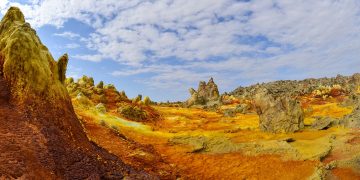If you have binged on revered Japanese animation director Hayao Miyazaki’s enchanting fantasy film Spirited Away, you would have come across its witchy bathhouse, where the film’s heroine Chihiro once worked. Like most Japanese animations where fictitious scenes and sets are often inspired by real life, the same can be said for this bathhouse which, according to Miyazaki’s animation studio Studio Ghibli, was inspired from an onsen in the Ehime Prefecture in the northwestern region of the island of Shikoku, Japan.
A four-hour bullet train ride southwest of Osaka, Ehime is one of four districts set within the island of Shikoku, Japan’s second smallest main island. Facing the Seto Inland Sea, where locals may dabble in pearl harvesting, fishing and seafaring as a way of life, Ehime boasts a laidback charm with its expansive coastline and several high mountains in the background. “It’s a quiet place and has a slower pace of life,” says Koji Kawasaki, 33, of his hometown.
Sea-side hustle
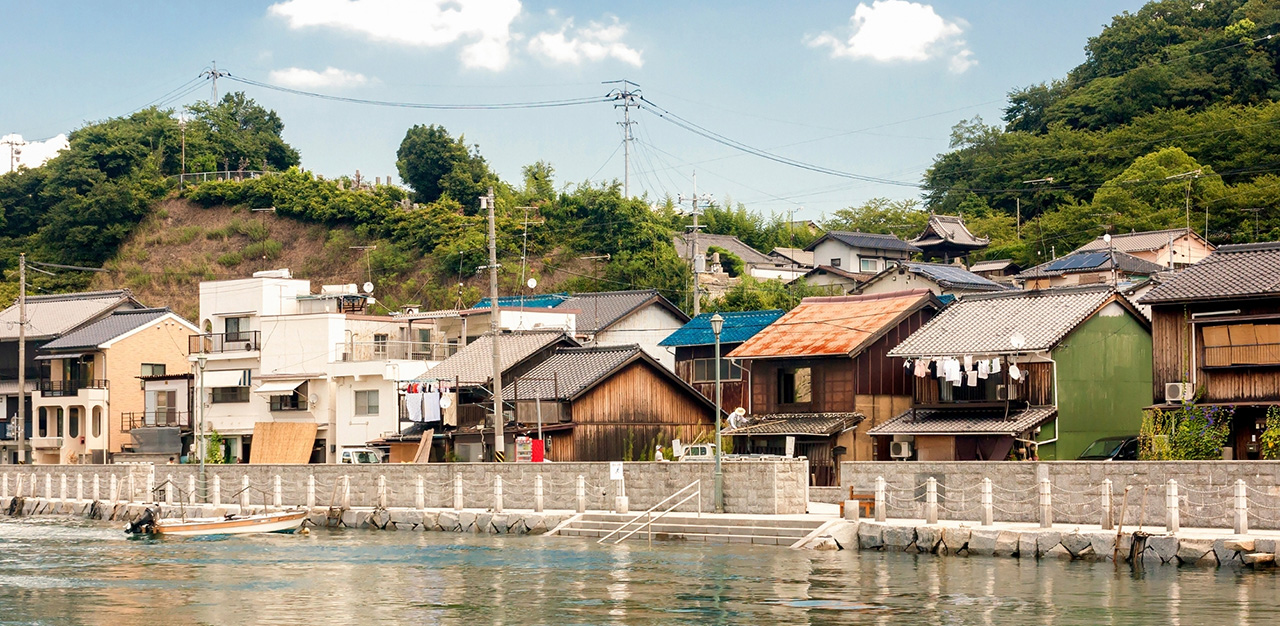
Previously based in Japan’s capital Tokyo, where he worked and studied the nuts and bolts of hairdressing, Mr Kawasaki made the decision to relocate to Singapore in 2012 to explore new work opportunities overseas. Hailing from Uwajima, a coastal city in Ehime, the professional hairstylist and manager at Japanese hair salon Kizuki+Lim reveals that Ehime is a leading producer of aquaculture products, such as sea bream farming and pearl harvesting.
“Thanks to the region’s topography, which is filled with indented coastline, deep creeks and suitable waters, many locals take on jobs as fishermen,” he adds. “My family dabbles in cultivating pearls too.”
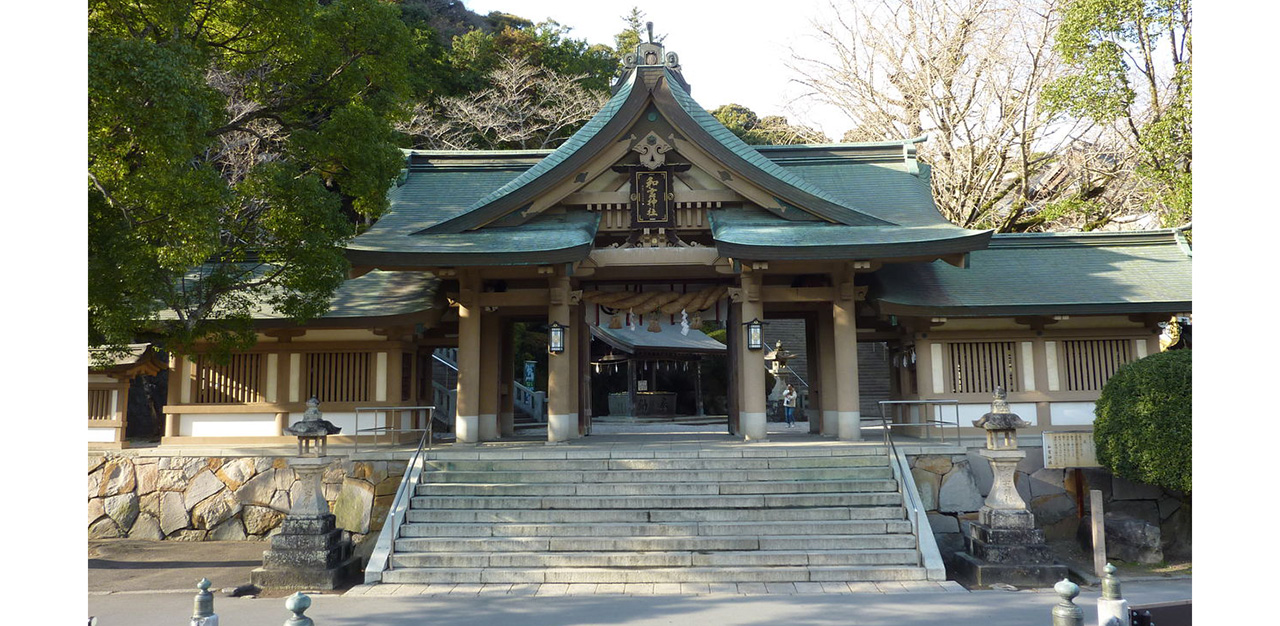
Growing up in the coastal town, Mr Kawasaki remembers visiting shrines sacred to the fishermen. One such shrine is Warei Jinja, also known as one of Shikoku’s Grand Shrines. It features a massive 12-metre, stone-constructed torii gate that is said to be the largest stone torii gate, in Japan.
“While the elders head to the shrine to pray, the teenagers head there to denounce their love and break up with their partners,” he laughs. “My friend broke up with his girlfriend there. I didn’t.”
As with most coastal towns around the world, Uwajima City has some of the freshest and most fantastic seafood speciality dishes.
The region’s tai-meishi is a hearty delicacy with rice cooked in sea bream broth and topped with fresh sea bream sashimi, unlike other provinces’ versions which pair cooked rice with grilled fish. Uwajima’s tai-meishi is said to have many origins too. In one story, sea bream sashimi was added and enjoyed by Japanese sailors of the past, aboard ships where open flames were a threat. In another, pirates would add cooked rice, sea bream sashimi and soy sauce to bowls they drank from to conclude a drinking session.
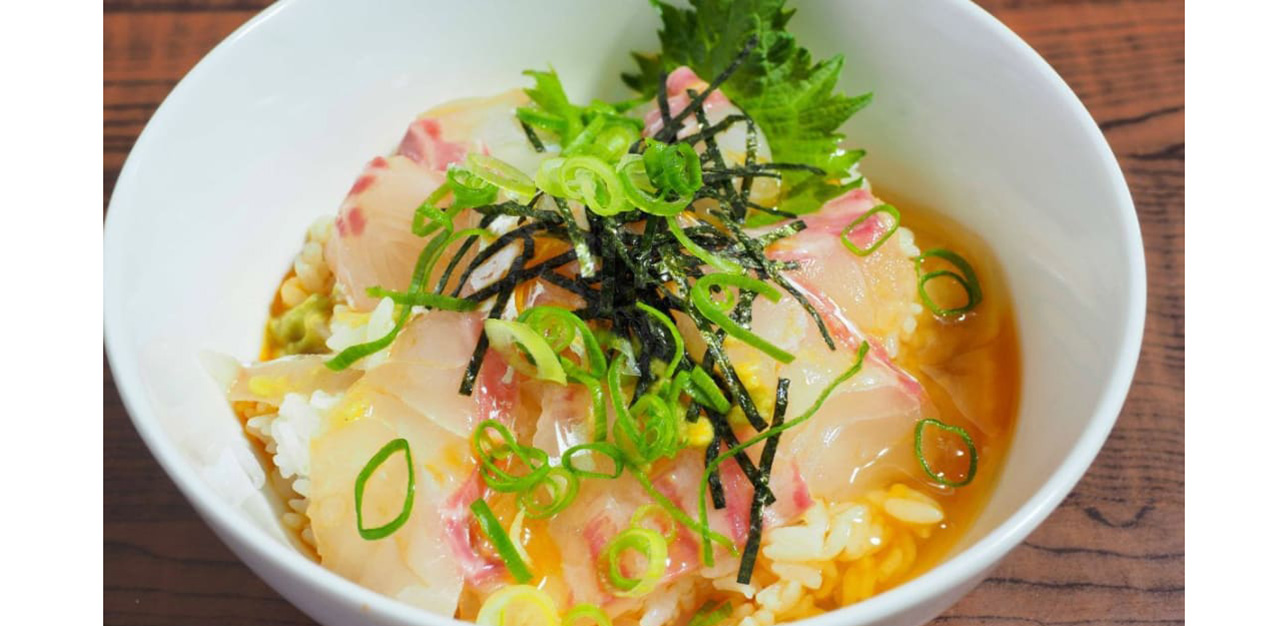
Mikan, the world’s most expensive and refreshing mandarin oranges
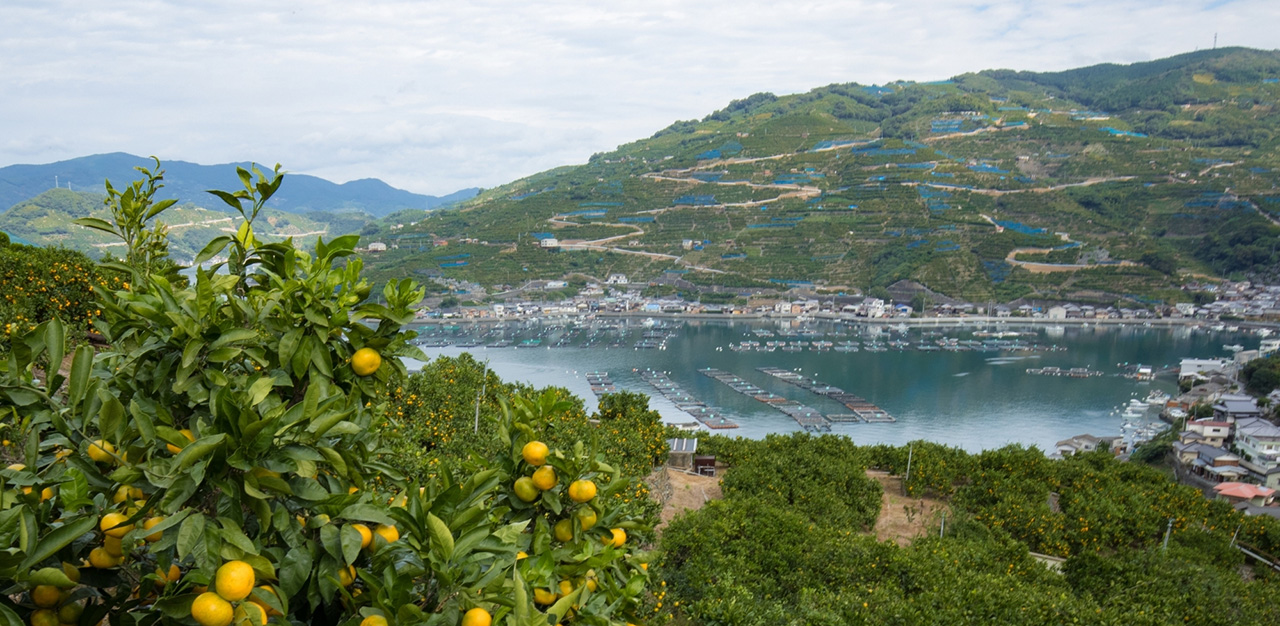
Ehime is also home to the unassuming Mikan oranges too. According to a 2019 report by Japan’s Statistic Bureau, Mikan oranges were Japan’s highest yielding fruits in 2016 and 2019. In terms of total Mikan orange production, Ehime is ranked second, but first in the overall output of more than 40 different variants.
According to Mr Kawasaki, the region’s proximity to the ocean (which reflects the light from the sun) and abundant sunshine make Mikan farming a boon for the agriculture industry: “Many of these mandarin oranges are small, seedless and easy to peel,” he says, highlighting how Mikan-picking in orchards is both a popular activity and therapeutic olfactory experience. “Taste-wise, they are extremely sweet and mildly tart with an almost jelly-like texture,” he describes.
“If you are of drinking age, you should try the Mikan craft beers too! They are easy to drink and really refreshing,” he gushes.
Studio Ghibli’s Spirited Away bathhouse and train station
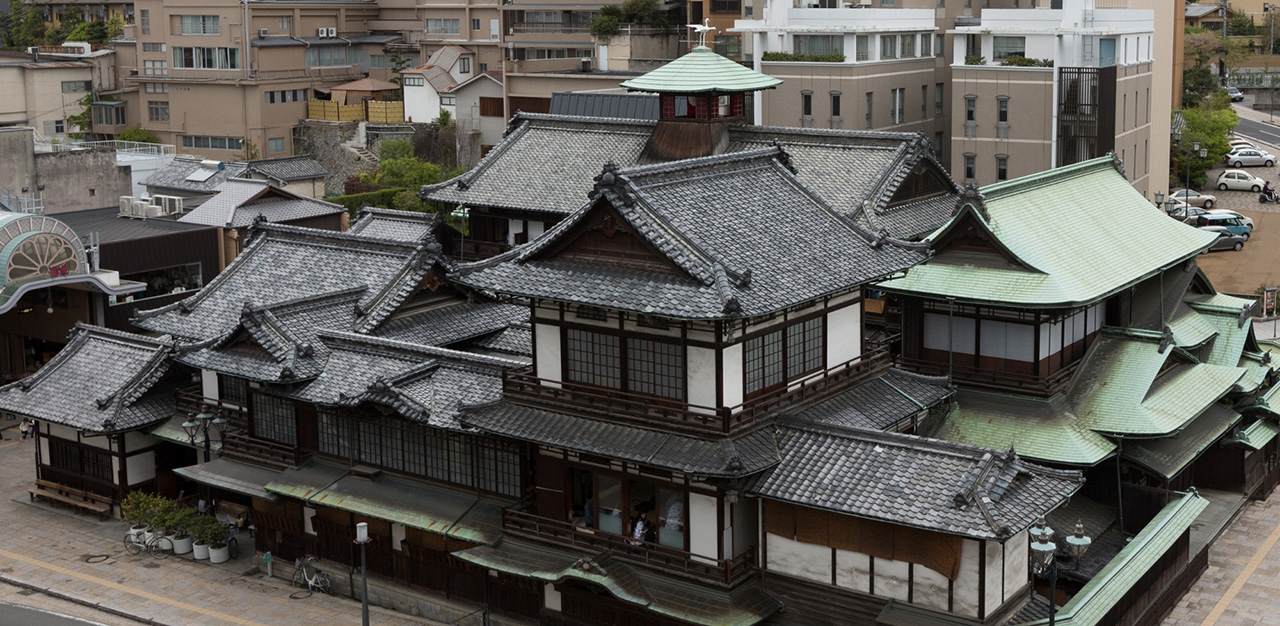
In the central part of Ehime lies Dōgo Onsen, thought to be the oldest hot spring in Japan. With a history that goes as far back as three millennia, the hot spring, with its endless stream of smooth hot spring water, was frequently visited by the Imperial Family and renowned individuals, such as novelist Natsume Souseki, who penned the masterpiece Botchan, with Dōgo Onsen used as a creative inspiration.
There are several public bathhouses built around the hot spring, including the Dōgo Onsen Honkan, a three-story castle-style bathhouse erected in 1894 during the Meiji Period, and Dōgo Onsen Asuka-no-Yu, a newer bathhouse that was established in 2017 and bears architectural styling from the Asuka period.
Calling to mind the bustling bathhouse for the spirits and gods in the Japanese animated film Spirited Away, the interior is a maze of passages, rooms and stairways, with plenty of wooden furnishing and accents in between. Guests can choose between soaking in the two gender-separated public baths – Kami no Yu (water of the gods) and Tama no Yu (water of the spirits) – on the first floor before heading to the large communal tatami rooms to rest, or visit the numerous exhibitions within the bathhouse, as well.
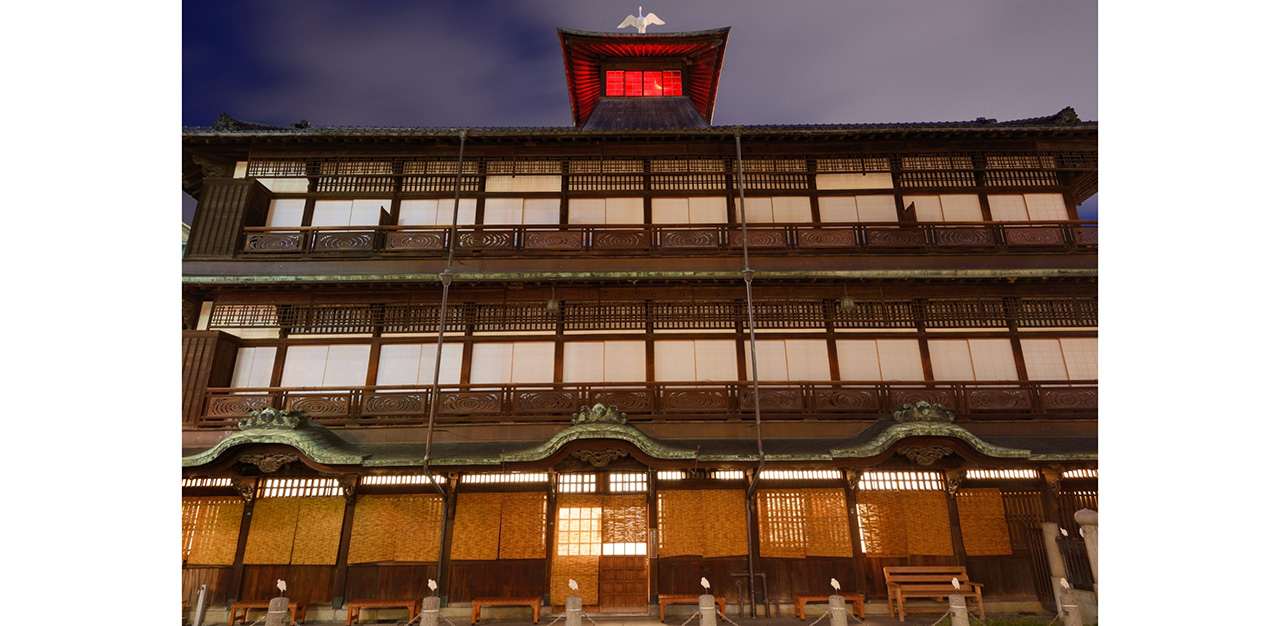
For Mr Kawasaki, a trip back home guarantees a visit to the historical hot spring. Despite sporting artistic tattoos on his arms, the hairstylist reveals that, unlike other hot springs, Dōgo Onsen is tattoo-friendly. “You have to be naked inside the public baths and there are some etiquettes to follow. Be sure to shower down before dipping into the public baths,” Mr Kawasaki shares.
He adds: “I like relaxing in the onsen whenever I am tired. I also like the rustic charm behind the hot spring town.”
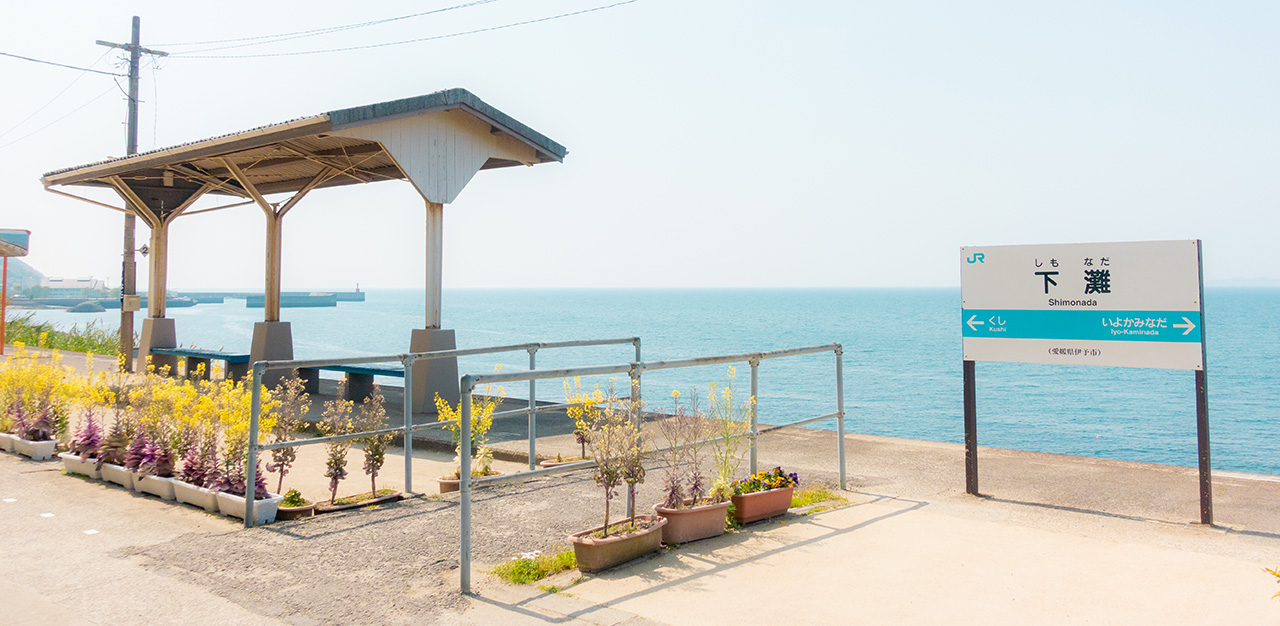
While tourists and Studio Ghibli enthusiasts would flock to the Dōgo Onsen as part of their travels, Ehime also boasts another attraction with a Studio Ghibli-esque aesthetic. “I often bring my friends, who are first-timers to Ehime, to Shimonada Station,” Mr Kawasaki says. A frequent feature on travel magazines, Shimonada Station unravels itself as a mysterious and seemingly isolated train station, just like the coastal station in Spirited Away, offering an unobstructed view of the Seto Inland Sea and tracks that are partially submerged by the sea.
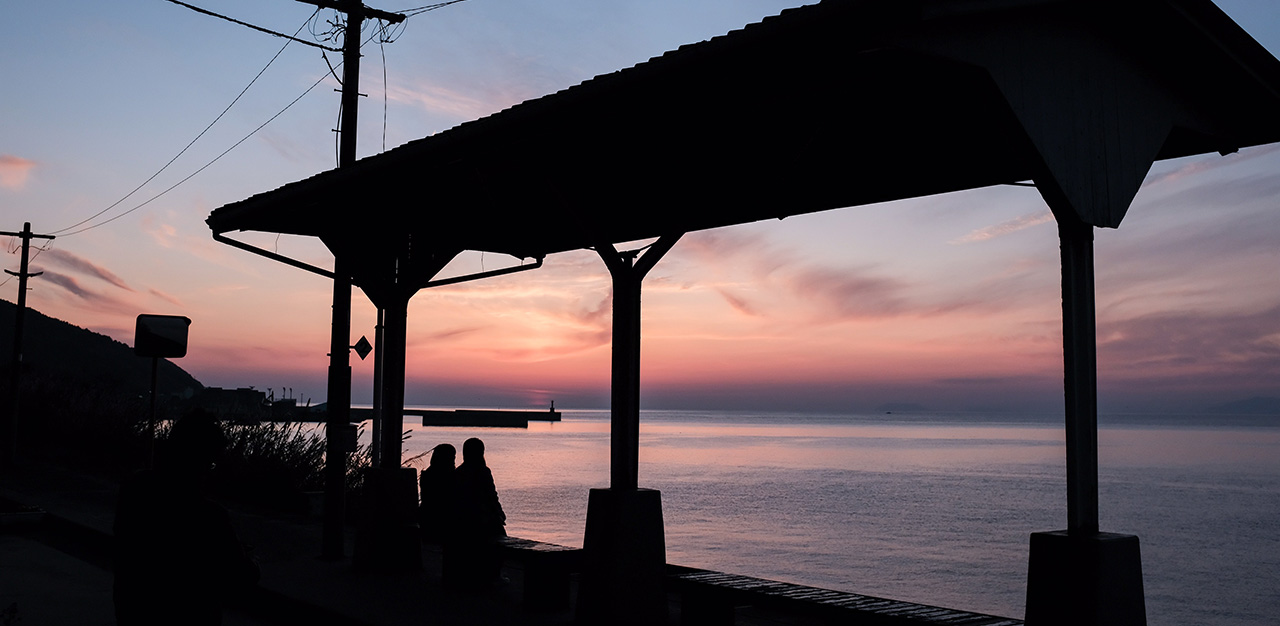
At sunset, Shimonada Station transforms into a fairytale of sorts. The sky bursts into a vibrant shade of orange (and at times, violet), while the gentle waves in the foreground glimmer against the sun’s last rays. For commuters waiting at the platform or passengers gazing out of the window, this surreal view of sunset at sea holds a beguiling charm capable of whisking away your troubles, almost like how this scene unfolds in Spirted Away.
“It takes about an hour before each train comes, so you will have ample time to take photographs around the area,” Mr Kawasaki says.
The best time to visit Ehime, according to him, is during the summer between mid-June and late-September. First-time visitors must pay a visit and support local shops at the region’s many shopping arcades. Stores here are often managed and owned by the older generation. And as newer generations of youths prefer working in larger cities, such as Tokyo or Osaka, many, like Mr Kawasaki, have moved out of Ehime in pursuit of better prospects.
As a result, many of these seniors are unable to find successors and have ultimately decided to shutter their doors for good. “These shopping arcades seem lonelier than ever but it can’t be helped. What we need is the power of young people to return and perhaps start something again,” he says.
Some useful phrases
It is useful to have some basic phrases at hand. When in Ehime or any parts of Japan, try these phrases in Japanese:
Hello –「こんにちは」/konnichiwa
Good morning –「おはようございます」/ohayou gozaimasu
Good afternoon –「こにちは」/konichiwa
Good evening –「こんばんは」/konbawa
Good bye –「さよなら」/sayonara
Yes and No –「はい」;「いいえ」/hai ; iie
Thank you –「ありがとうございます」/arigatou gozaimasu






